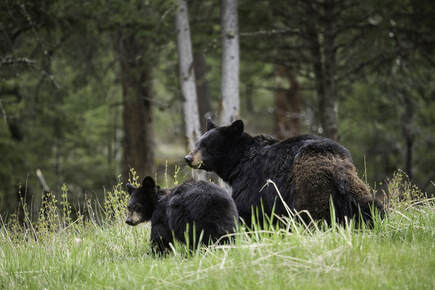|
CTLCV has worked on non-lethal wildlife management for years. Bears are a key member of our ecosystem, critical for pollination and seed dispersal, and their numbers are well within carrying capacity. By the mid-1800's, Connecticut's black bear population was completely eradicated by hunting and habitat destruction - thankfully they have returned to our state in recent years. In order to protect the return of their population, hunting of black bears is prohibited in CT, but there have been failed efforts to renew a bear hunt in CT in 2016, 2017, 2018, 2019 and 2021. Black bears only reproduce every 2-3 years, making them particularly vulnerable to over-hunting.
|

